PAT Testing FAQs
There are many common myths and confusion about portable appliance testing (PAT).
Find out some of the key facts about the inspection and testing of portable electrical equipment here.
What is portable appliance testing?
Portable appliance testing is the term used to describe the examination of electrical appliances and equipment to ensure they are safe to use. Most electrical safety defects can be found by visual examination although some types of defect can only be found by testing. However, it is essential to understand that visual examination is an essential part of the process because some types of electrical safety defect cannot be detected by testing alone.
A relatively brief user check (based upon training and perhaps assisted by using a brief checklist) can be a very useful part of any electrical maintenance regime. However, more formal inspection and testing by a qualified engineer may also be required at appropriate intervals, depending upon the type of equipment, its location and the environment in which it is used.
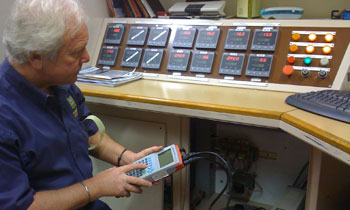
How frequently do I need to test my electrical appliances?
The Electricity at Work Regulations 1989 requires that any electrical equipment that has the potential to cause injury or fire should be maintained in a safe working condition. However, the regulations do not specify in detail exactly what needs to be done, by whom or how frequently. Interpreting these regulations is what causes many organisations to struggle as nothing specific is written that gives direct instructions on what exactly must be done regarding frequency of testing. The Institute of Electrical Engineers (IEE) offers advice, as does the Health & Safety Executive (HSE) but ultimately the onus remains with the company.
Inspection and testing is now regarded not just as a legal requirement but a sensible precaution. Electrical appliances should also comply with the Provision & Use of Work Equipment Regulations (PUWER) 1998 which requires a risk assessment of all electrical appliances used in the workplace to identify any potential risk and asses the frequency of testing.
As a broad guide periodic testing should be carried out on portable appliances and other equipment regularly between one and four years, depending on the type of equipment, the environment it is used in, as well as its location and how often it is used. For example, a power tool used on a construction site or where water and chemicals are used becomes high risk and so should be examined and tested more frequently than office equipment which would be classed as a lower risk.
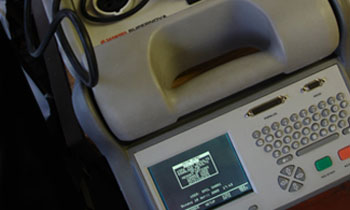
Do I need to keep records of testing and should I label any appliances tested?
Recording detailed and concise test results and labelling with test inspection dates can be a useful management tool for monitoring and reviewing the effectiveness of the maintenance scheme and to demonstrate that a scheme exists.
This is also beneficial for recording assets on sites should you need to make an insurance claim due to accidents, fire or theft and to prove that an appliance exists.
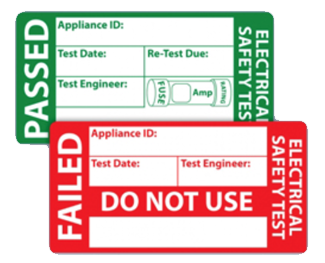
Do I need to test new equipment?
New equipment should be supplied in a safe condition from the manufacture and should not require a formal portable appliance test.
However, a simple visual check is recommended to verify the item is not damaged from the supplier in transit or whilst being installed at your site.
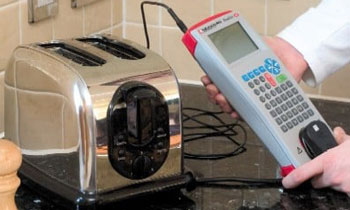
I have been told that I require an electrician to carry out portable appliance testing. Is this correct?
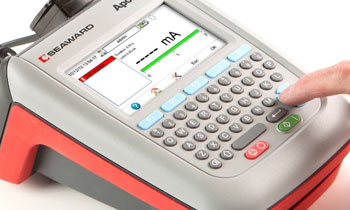
The person carrying out the inspection and testing needs to be competent to do it. In many low-risk environments, a competent member of staff can undertake periodic visual inspections if they have enough knowledge and training. However, when undertaking combined testing and inspection with dedicated electrical test equipment, a greater level of knowledge and experience is needed, and the person will require:
- • the appropriate test equipment and training/qualifications to do the tests.
- • the ability to use dedicated calibrated test equipment properly.
- • the knowledge to properly understand and download the test results.
To avoid conflict of interest it is advisable to use a separate company for testing. When you choose a PAT testing company to undertake this work make sure they are fully qualified to City and Guilds 2377 standards for portable appliance testing. Their testing methods should comply with the IEE Codes of Practice and IEE guidance notes. Check also that your engineer has adequate public liability insurance in place.
For further information please follow the appropriate health & safety links on the legalities page on this website.
Alternatively, please contact us for more information, on guidance and advice.
What Covid Pandemic operating procedures and precautions and compliance do you have in place?
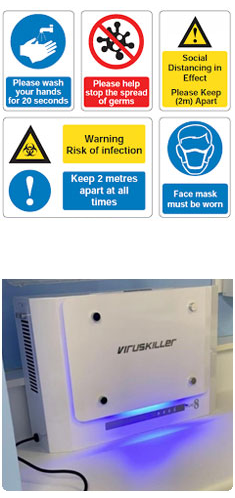
In line with government advice, The Southern PAT Company Limited and staff are taking precautions to protect the public, themselves and customers to limit the risk of spreading any COVID - virus.
Before we enter your main site to carry out inspection and testing the engineer(s) will confirm on arrival that they do not have any symptoms of the COVID virus and have not been in the presence of anybody with symptoms.
We will also ask the site manager:
- if anybody in the building is self-isolating due to a COVID infection or has symptoms.
- if anybody in the building is self-isolating because they are classed as a vulnerable person.
- to provide proof of a suitable and sufficient COVID risk assessment and to confirm that safe systems of work are in place to deal with the COVID virus.
- if hand-washing or sanitising facilities are available on arrival and departure for the engineer to use at regular intervals.
There will be no physical contact such as hand shaking. PPE face masks and gloves will be worn as and when required and any PPE or rubbish will be disposed of in a clinical and safe way.
Anyone on site must observe the Public Health and Safety England rules on social distancing to minimise any risks. If it is not possible to undertake work activity whilst maintaining a safe distance the engineer may consider if the work activity should continue. It may be required to carry out visual inspections instead of full testing if the above is not possible. Hand - held contact with worn surfaces and appliances will be minimised where possible and be wiped down if required.
Engineers may request that they carry out the inspection and testing unescorted, if it is safe for them to do so, and will report to the person in charge of the work when exiting the work area or building.
Failure to follow these precautions will result in the termination of the test/inspection and will be postponed until the above can be adhered to.
Any concerns regarding the above please contact our company or speak to the onsite engineer.
The Southern PAT Company Ltd
Reducing Risks, Protecting People.
